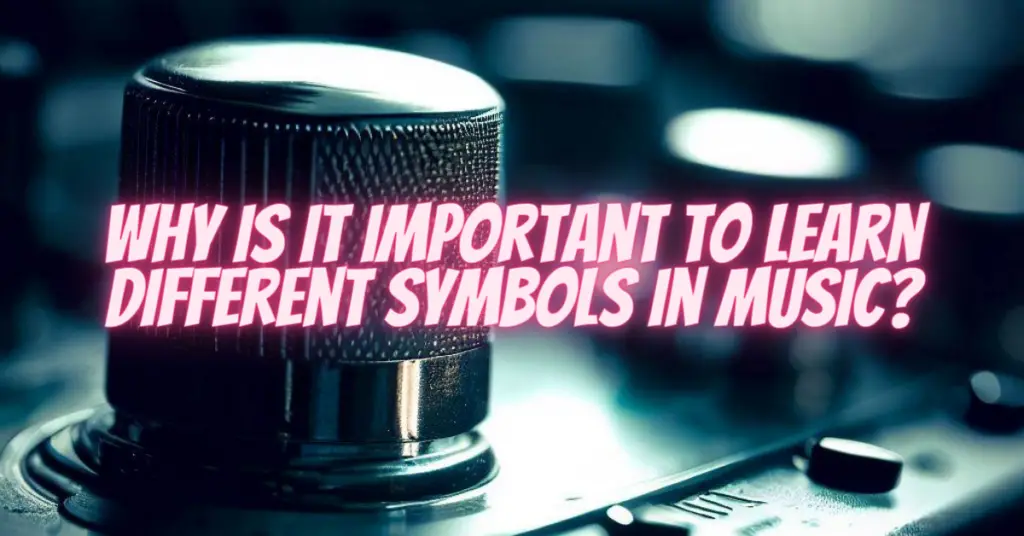Music, often described as the universal language, transcends cultural boundaries and connects people on a profound level. At the heart of this language are symbols and notations that convey musical ideas, expressions, and emotions. Learning these symbols is a fundamental aspect of musical education. In this article, we will explore the reasons why it is important to learn different symbols in music and how this knowledge enriches the musical experience for both performers and listeners.
1. Communication and Collaboration
Music symbols serve as a common ground for musicians to communicate complex musical instructions and ideas effectively. Whether it’s a dynamic marking indicating volume, a sharp or flat sign indicating pitch, or a fermata indicating a pause, these symbols enable musicians to collaborate seamlessly, ensuring a cohesive and harmonious performance. Standard musical notation acts as a universal language, allowing musicians from different backgrounds and cultures to come together and create beautiful music.
2. Understanding Musical Structure
Musical symbols provide valuable information about the structure and organization of a piece. Elements like time signatures, bar lines, and repeat signs offer cues about rhythm, phrasing, and overall form. By understanding these symbols, musicians can interpret the composer’s intentions accurately, enhancing their ability to convey the musical message as intended.
3. Expressive Interpretation
Symbols in music notation convey not only technical aspects but also nuances of expression. Markings like staccato, legato, crescendo, and decrescendo guide musicians on how to play each note, infusing the music with emotion and dynamics. Learning these symbols empowers performers to express themselves artistically, adding depth and personality to their interpretations.
4. Educational and Analytical Purposes
Musical symbols are essential for educational purposes, especially in music theory and analysis. Understanding symbols allows students to dissect compositions, analyze harmonies, and comprehend intricate musical structures. It provides a foundation for studying different styles, genres, and historical periods, fostering a deep appreciation for the rich tapestry of musical traditions.
5. Enhancing Creativity
While mastering musical symbols is crucial for interpreting existing compositions, it also enhances a musician’s creativity. Musicians who understand the language of music can experiment with different musical ideas, create their compositions, and effectively communicate these ideas to fellow musicians. This creative freedom leads to the development of original compositions and innovative musical styles.
Conclusion
Learning different symbols in music is akin to learning the alphabet of a language. It equips musicians with the tools to read, interpret, and create music fluently. By understanding musical symbols, musicians can communicate, collaborate, and express themselves effectively, enriching their musical experiences and fostering a deeper connection with the art form. Ultimately, the knowledge of music symbols empowers musicians to explore the vast world of music, embracing its diversity and celebrating the universal language that unites people across the globe.
You can read more about musical notation from our other related articles below


